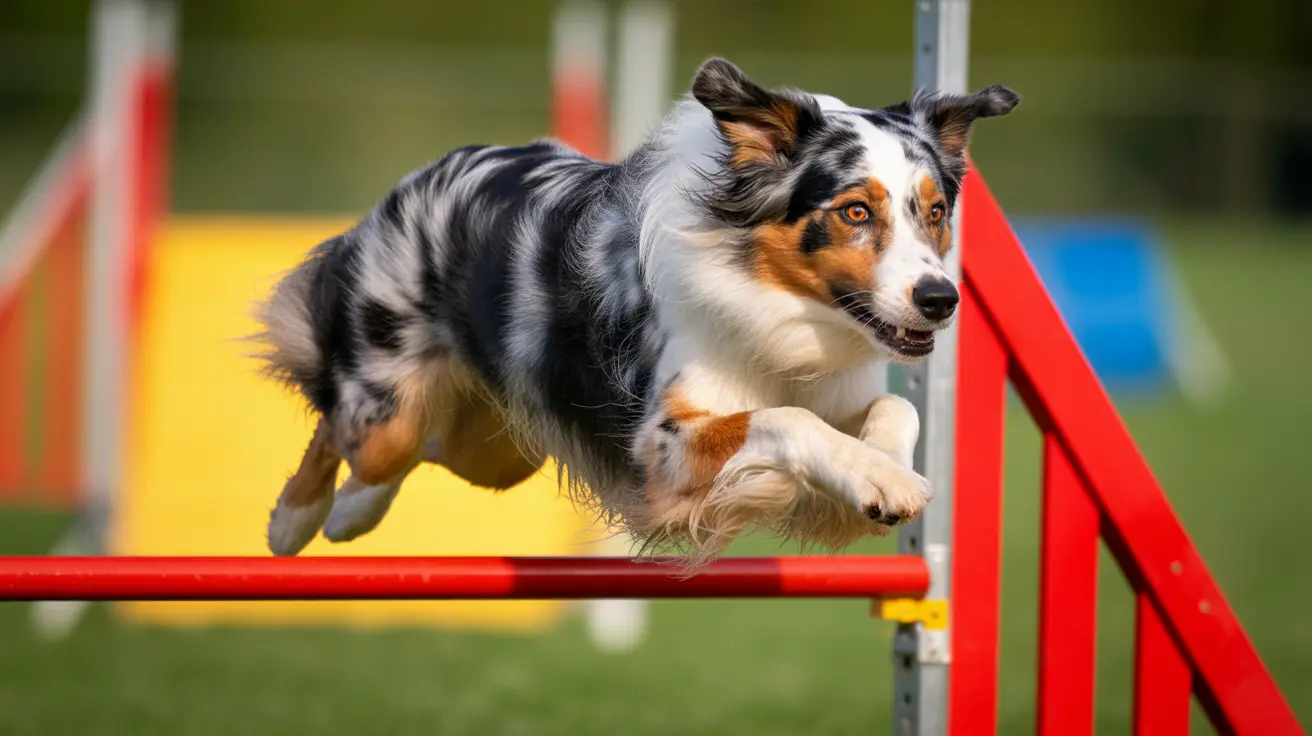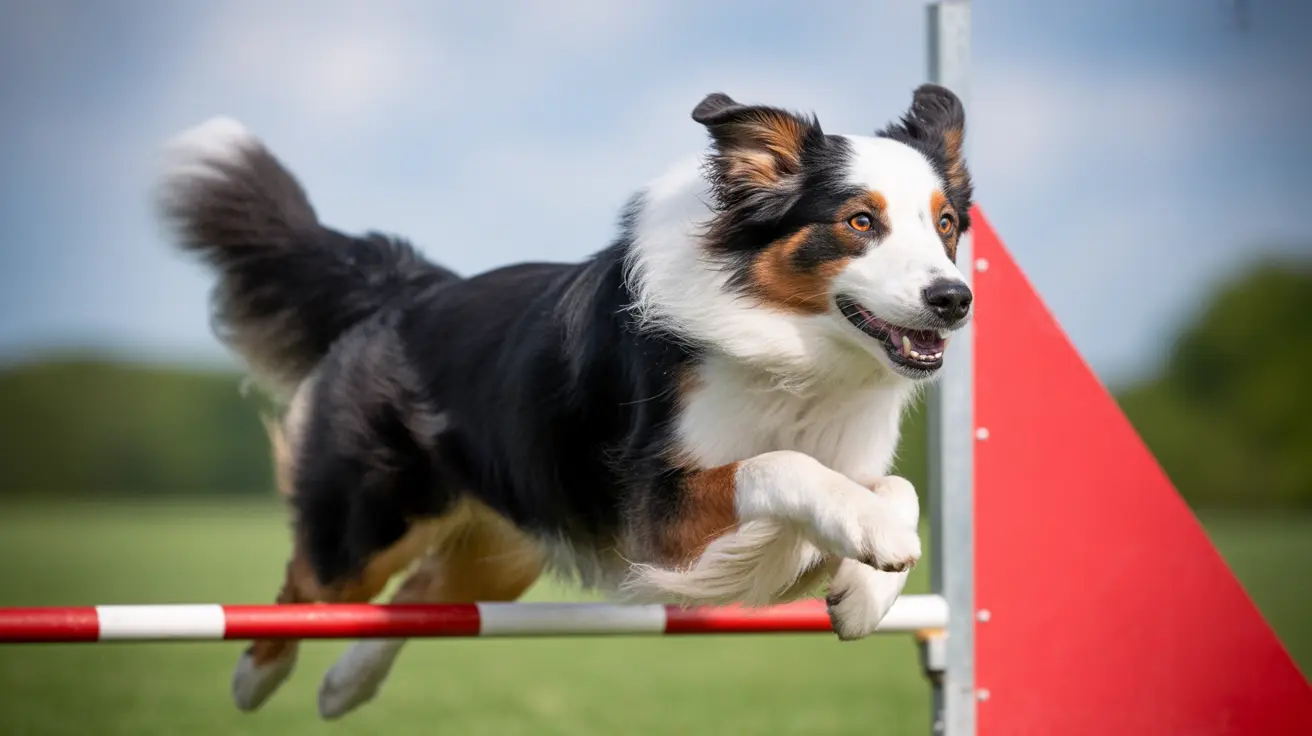Understanding the Effectiveness of the Leptospirosis Vaccine for Dogs
Leptospirosis is one of the most prevalent and dangerous zoonotic diseases affecting both dogs and humans. Caused by Leptospira bacteria, this illness can be contracted from environments contaminated by the urine of infected wildlife, such as raccoons, rats, and deer. Because of its prevalence and potential severity, especially in outdoor or urban settings, the leptospirosis vaccine has become an essential tool in preventive veterinary medicine.
How the Vaccine Works
The leptospirosis vaccine triggers an immune response that helps a dog’s body recognize and fight off certain Leptospira serovars. While it’s effective against the most common strains—particularly those included in the quadrivalent (L4) vaccines—it does not cover all of the over 250 known serovars.
- Bivalent vaccines protect against two serovars.
- Quadrivalent vaccines offer protection against four: Canicola, Icterohaemorrhagiae, Grippotyphosa, and Pomona.
Recommended Usage and Schedule
The AAHA and BSAVA recommend leptospirosis vaccination for all dogs, classifying it as a core vaccine. The standard protocol includes:
- Initial two doses administered 2–4 weeks apart.
- Annual boosters to maintain immunity.
Immunological protection—whether from vaccination or natural infection—is not long-term. That’s why regular boosters are crucial for ongoing protection.
Vaccine Efficacy
While the vaccine doesn’t guarantee total immunity, it significantly reduces the severity of the disease and the chance of serious complications like kidney and liver failure. Even in cases where vaccinated dogs get infected, studies show they often experience:
- Milder symptoms
- Shorter illness duration
- Lower risk of organ damage and death
Case fatality rates for leptospirosis can range from 10% to over 40% in severe cases, making preventive measures like vaccination vital to public and animal health.
Side Effects and Safety
Modern leptospirosis vaccines have improved in safety and efficacy. According to UK safety data, adverse event rates are impressively low:
- 0.016% for bivalent vaccines (L2)
- 0.045% for quadrivalent vaccines (L4)
Most side effects are minor—soreness at the injection site, mild drowsiness. Severe allergic reactions (hives, vomiting, facial swelling) are rare.
Who Should Get Vaccinated?
Veterinary associations recommend the vaccine for all dogs, regardless of lifestyle, breed, or location, because of the widespread nature of Leptospira bacteria. Dogs at higher risk include those who:
- Frequent daycare or boarding facilities
- Visit dog parks or beaches
- Live in areas with wildlife or rodents
- Have access to lakes, ponds, or streams
Even small-breed or urban dogs can be at significant risk due to environmental exposure in cities.
Limitations and Considerations
Despite its benefits, the vaccine has limitations:
- It doesn’t cover all Leptospira serovars.
- Protective antibodies are short-lived.
- Overvaccination concerns exist, especially in integrative veterinary circles.
Some holistic veterinarians advocate for individualized risk assessments to determine vaccination needs. Nevertheless, the majority of experts agree that the benefits outweigh the risks, particularly in areas with recorded outbreaks.
Case Study: Los Angeles Outbreak
A 2021 outbreak in Los Angeles County underscored the risks. The county reported 201 dog cases and 13 deaths, with many linked to daycare and boarding sites. The outbreak prompted local health authorities to recommend the quadrivalent vaccine as a core measure for all area dogs.
Prevention Beyond Vaccination
Vaccination is a key step, but holistic prevention strategies also help minimize risk:
- Avoid areas with standing, possibly contaminated water.
- Limit access to wildlife and rodents.
- Maintain cleanliness in backyards and kennels.
- Use gloves when cleaning pet waste or bedding.
- Quarantine and treat infected dogs under vet supervision.
Conclusion
The leptospirosis vaccine is a proven tool in reducing disease impact in dogs. While it doesn’t offer 100% immunity, it effectively protects against severe illness, safeguards canine health, and reduces the risk of transmission to humans. Pet owners should consult their veterinarians to tailor vaccination and preventive care plans based on their dog's health and environment.





